So, you need to strengthen your gluteals (your butt). You may have a sore back, a sore hip, you may have mild incontinence, you may have sore knees. You may have gone to Chiropractor, Physiotherapist or Osteopath or even you GP has told you, you need to strengthen your gluteals. There are many reasons why you need to strengthen your gluteals. We will look at some anatomy and some common body patterns that cause weak gluteals and then cover simple exercises and alignment tips to get you started.
Why strengthen your gluteals?
Anatomy
Let’s start with some anatomy. The image below shows the 3 muscles that make up the gluteals. Each one has a slightly different function but of course they work together. Let’s start with gluteus minimus, it sits deeper than the other gluteal muscles and is responsible for abduction of the thigh (moving the legs apart) and hip stabilisation especially when supporting the body on one leg (eg whilst walking).
Next is Gluteus Medius, the front part is responsible for internal rotation of the thigh and the contraction of the whole muscle abducts the thigh (moves it away from the other leg). And last not not least Gluteus Maximus, responsible for hip extension (bringing each leg behind the body) and works with other muscles to externally rotate the hip. All three of these muscles have a role to play in maintaining optimal position for the pelvis in order to support the spine.
The Gluteus Maximus is also a bit special in that it provides the power for forward propulsion.
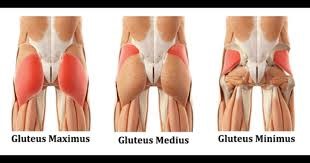
Gluteus Maximus is the largest muscle in our body. And so, it is a muscle that has tremendous power. It is where we get our power for forward propulsion when we’re walking or running. If we aren’t using the glutes properly for this forward propulsion, we will be compensating with pressure through our knees, or using our quads, which then lead to tight quads and tightness in the front of the body.
Common signs you have weak gluteals
Common issues that emerge when the gluteals are weak are disc bulges, low back pain, mid back tightness, knee pain, shoulder pain and poor posture.
Compensations – Knees
When our gluteals are weak and tight, we have an increased risk of injury to our knees because often the front of our legs and our the muscles around our knees start to take on some of the work of the gluteals, this impacts on the knee joint requiring it to take much more pressure and load than it was designed to take. and the functioning of the joint, lower back injuries, much more common with people who have weak and tight gluteals.
Compensations – Back
If your core and lower abdominals are weak it likely that when you bend down to pick something up or sit down, you will unlock and bend through your spine, rather than at the pelvis and legs – see image below. This habit creates a gripping in the gluteals so the thigh bones cannot slide back in the hip socket and the gluteals get shorter and weaker.
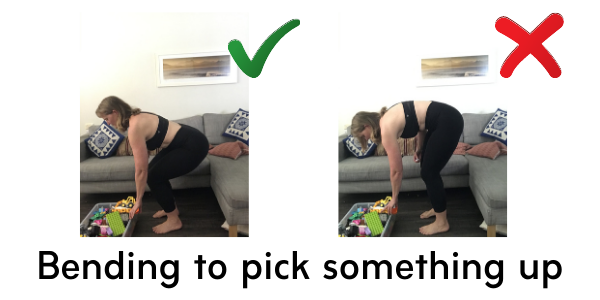
Pancake butt
The flattening on the bottom is often happening as a result of lack of core connection and strength. After childbirth many women have stretched out abdominals. As a result the gluteal muscles start to grip to take on the work of the deep abdominals and pelvic floor. This gripping tends to pull the pelvis into a posterior tilt (or tucked under position).
When glute muscles are gripping like this, it’s really hard for the muscles to lengthen, to get long to allow movement, but also to strengthen, because the gripping activity, makes them tight. This then tends to get exacerbated during menopause when there is some loss of muscle mass. This results in a further reduction of the gluteal maximus and an enlargement of the gluteal medius and you end up with a very flat or non existent butt.
What to do about weak gluteals?
When, when I’m working with correcting these kind of patterns in the body. There’s always three ways that I go about it.
1) Releasing tension
2) Building strength with correct alignment
3) Muscle lengthening to allow optimal pelvic and femur positioning
It’s good to understand what’s going on in your body. So ask some questions. Do you have a gripping pattern that’s going on? You can also assess if you in a pelvic tilt or tuck, take a photo of yourself from the side just standing normally and assess you posture.
To release, lengthen and strengthen your gluteals at home, here are some suggestions and ideas.
Release tension in your gluteals
You could get a tennis ball, look at doing some knee drops with the tennis ball under the outside of the hip.
This video shows how to release tension in your gluteals using a tennis ball.
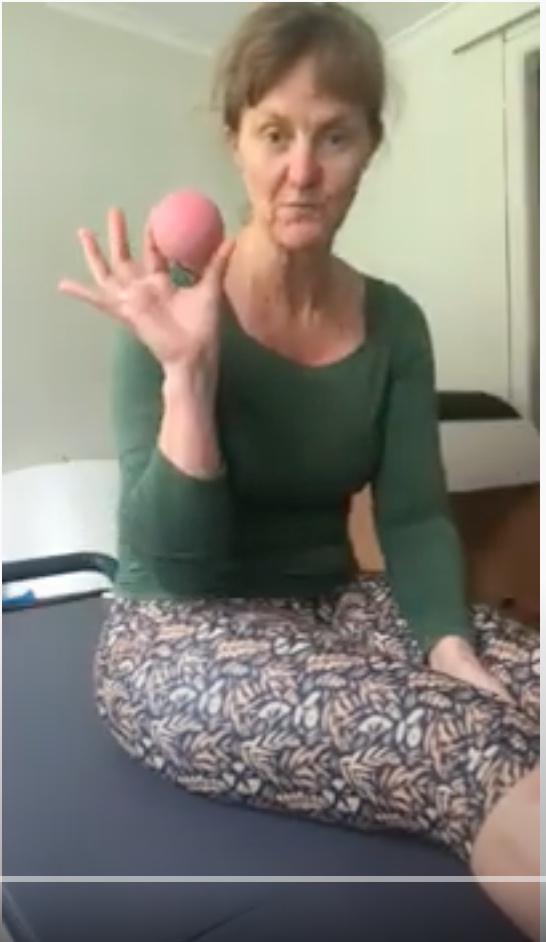
Lengthen your gluteals
You could do some pull backs to assess your gluteal length by observing the position pelvis in relation to your legs as you pullback.
This video shows a simple pullback to assess your gluteal length and to gluteal length, pelvic positioning and femur placement.
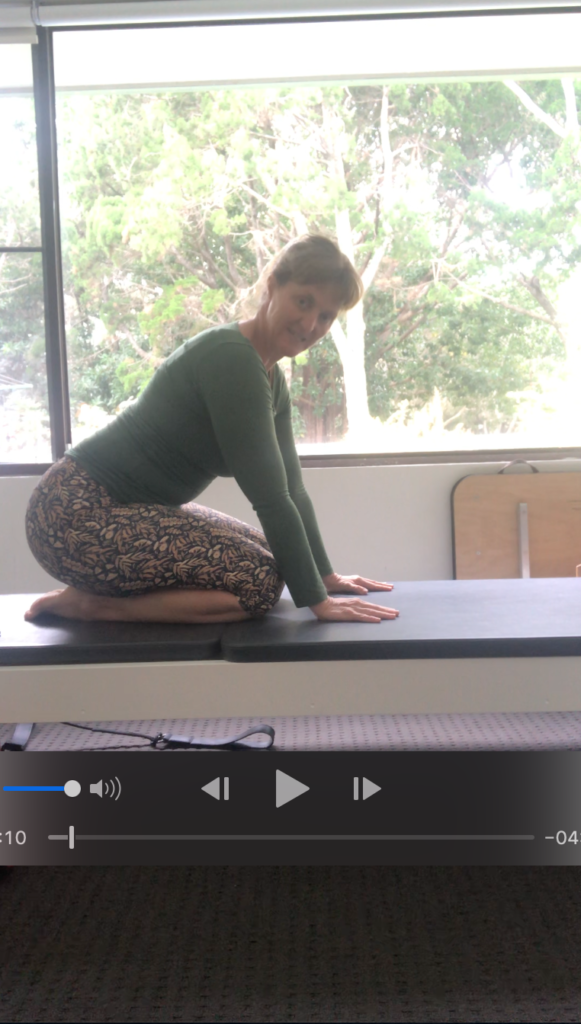
If you find that you have tight, short gluteals by doing the pullbacks then try this classic gluteal stretch that is done lying down so your pelvic position and spine is supported.
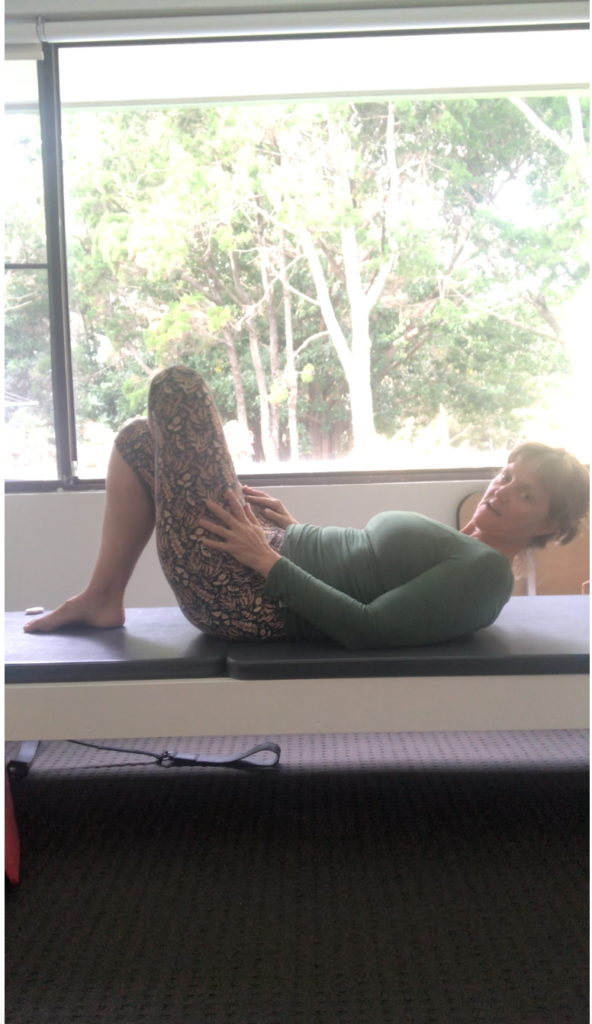
Another classic gluteal stretch.
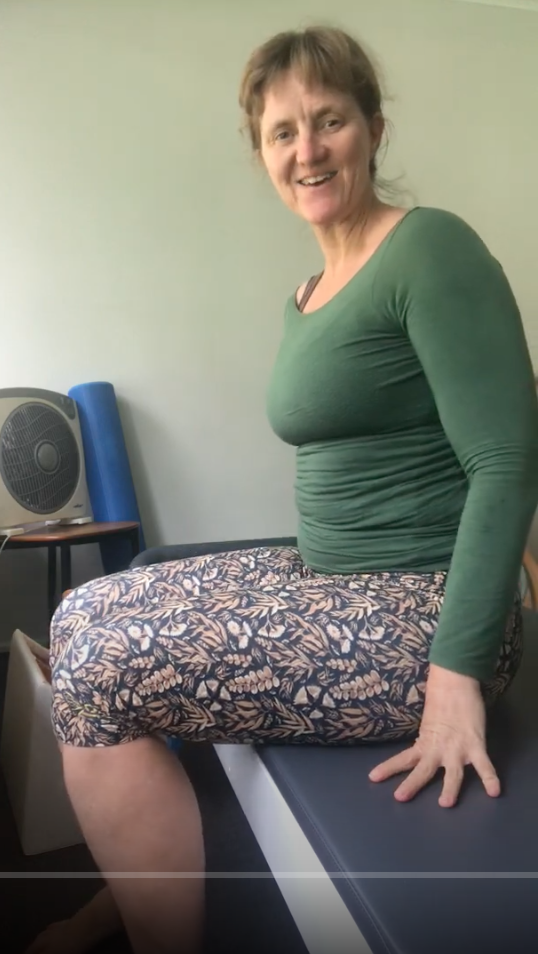
Strengthen your gluteals
The two videos below show bridges and clams, both are common exercises for gluteal strengthening. The videos cover common mistakes people make with their alignment when doing these exercises and how to correct these.
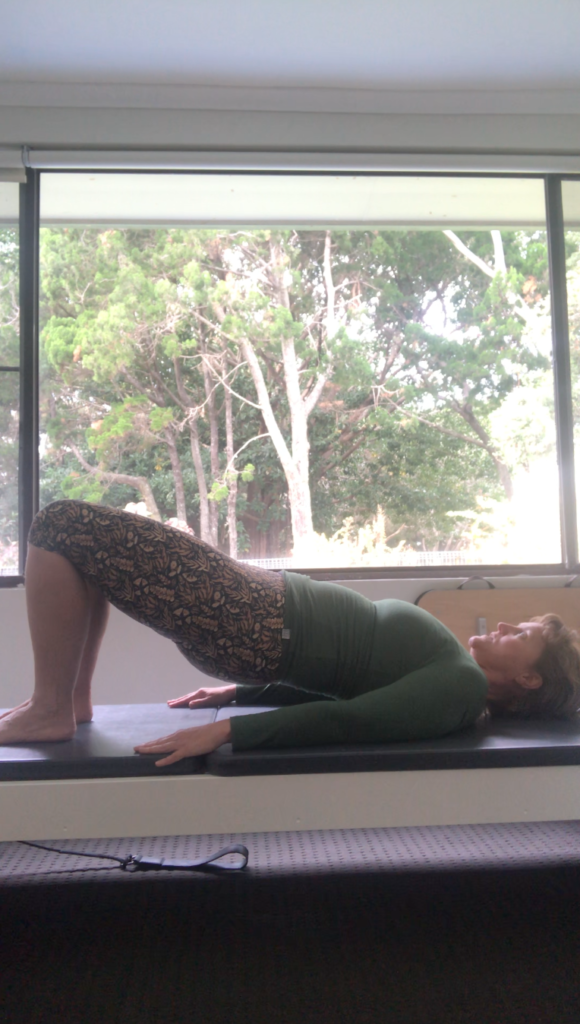
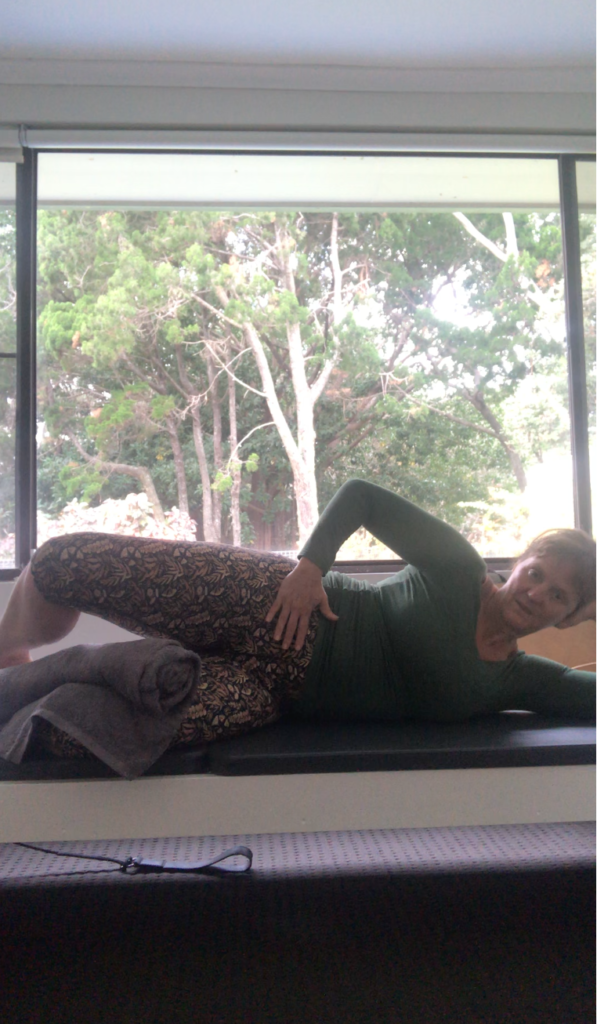
The exercises above are both done whilst lying down. We need our gluteals to be functioning and firing when we are upright and when we are load bearing. Once you get the gluteals firing and you can sense them working in these positions try some hip hinges which prepare us for everyday movement where you need your gluteals to be showing up.
The thing to remember with gluteal strengthening and lengthening is that our lifestyles really work against us on this. The more sitting in chairs, cars, sitting to watch TV all mean that your gluteal muscles are pretty much asleep. Whereas the front of your legs are tightening up, the glutes are wasting away when you’re sitting down.
If you lack core strength and lower abdominal strength then you may be gripping your gluteals whilst standing. The gluteals end up being tight and weak and short, which does nothing for your posture, or your power.
Follow the protocol above, assess your posture, release tension, lengthen and then strengthen. Do this for at least 3 weeks at least 4 times a week for 10 – 20 minutes each time and notice the change in your body! I look forward to hearing what you discover.
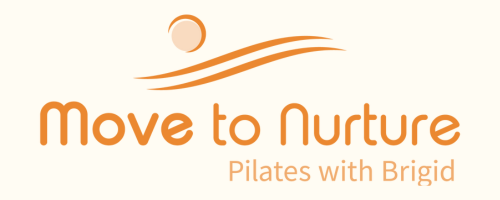

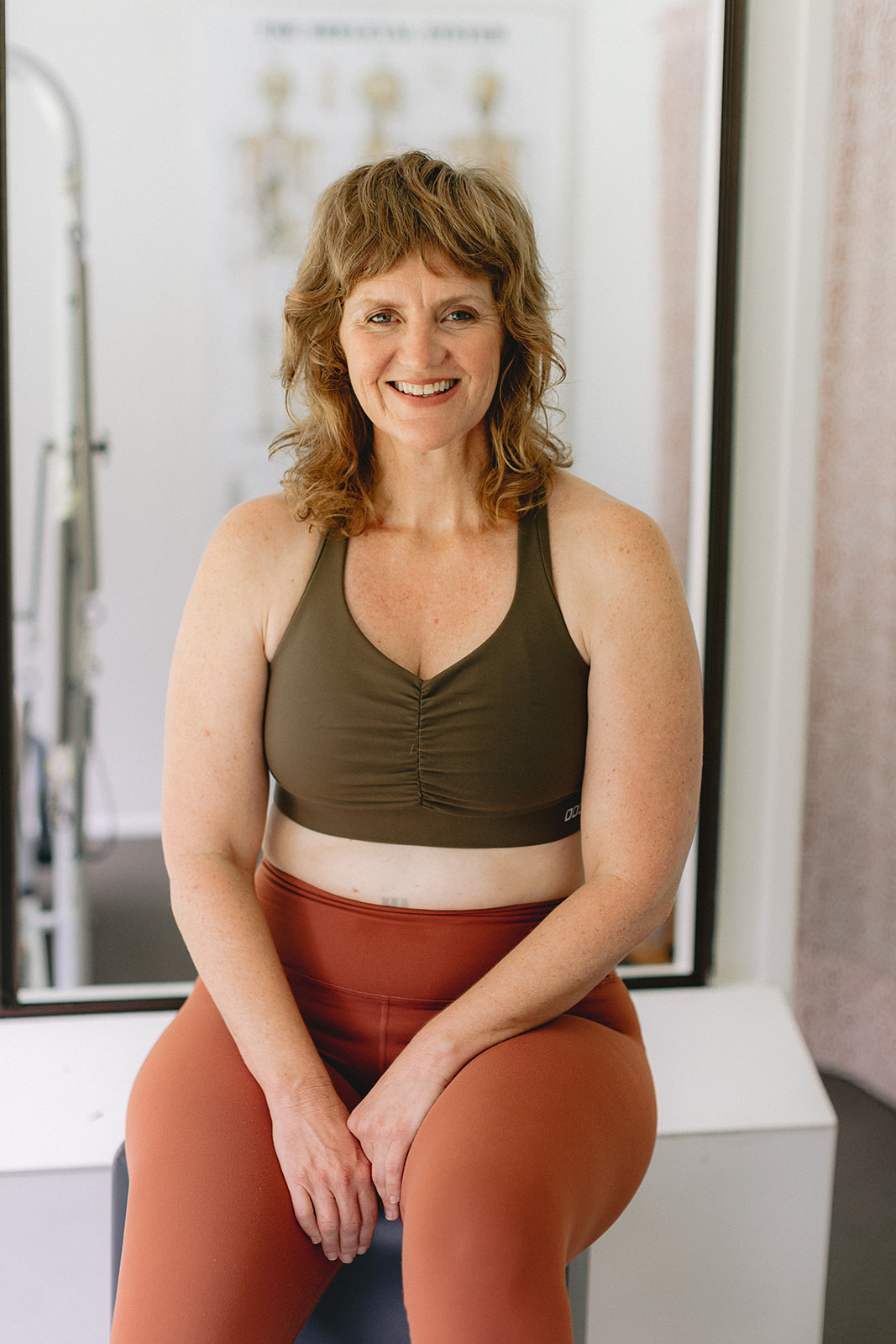
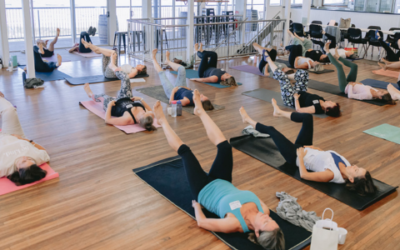

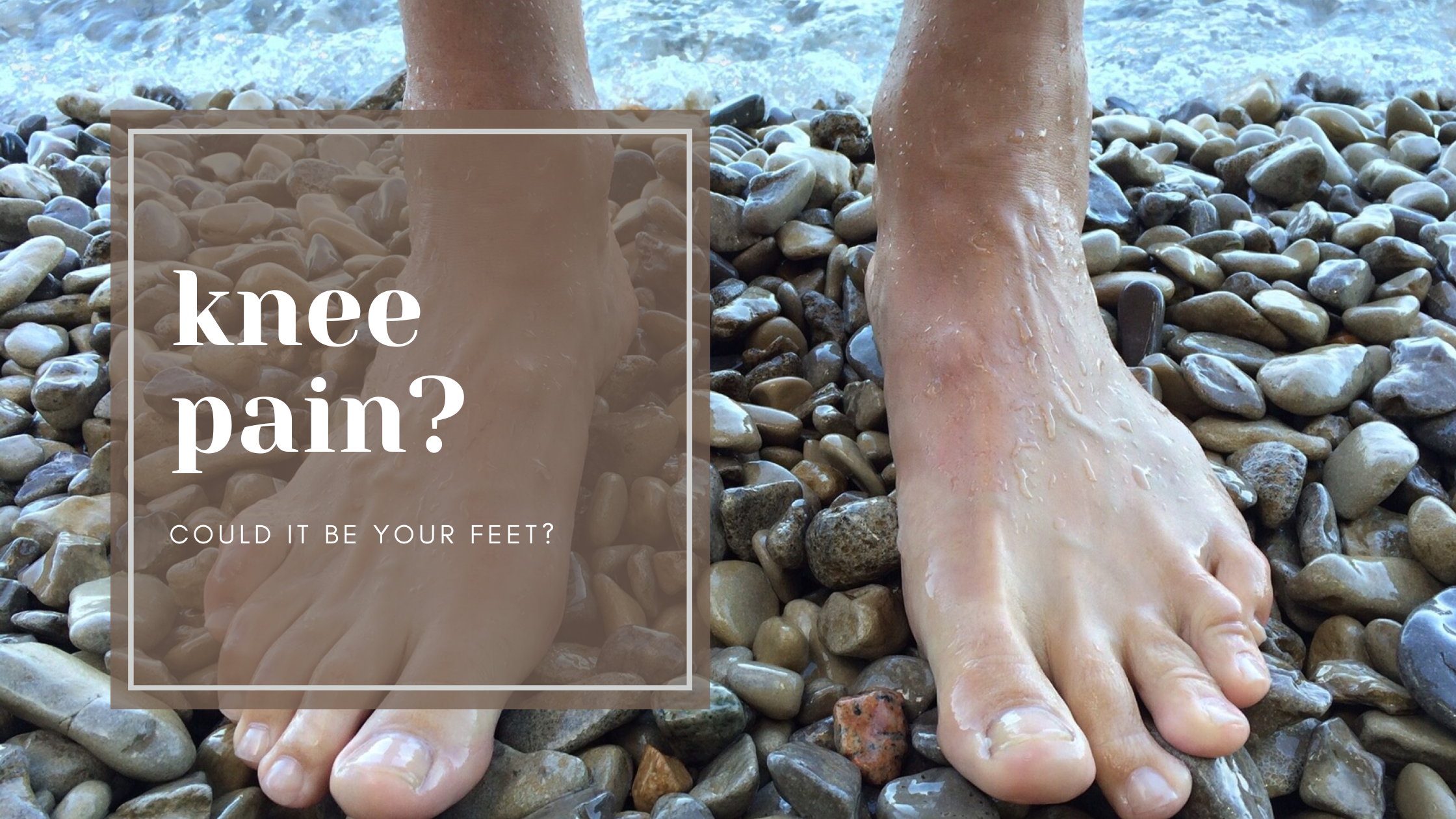
0 Comments
Trackbacks/Pingbacks